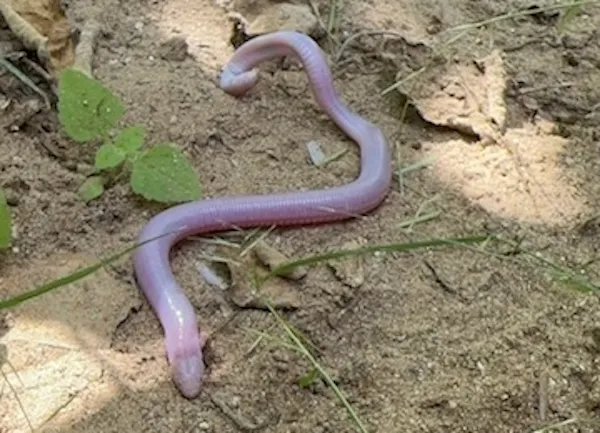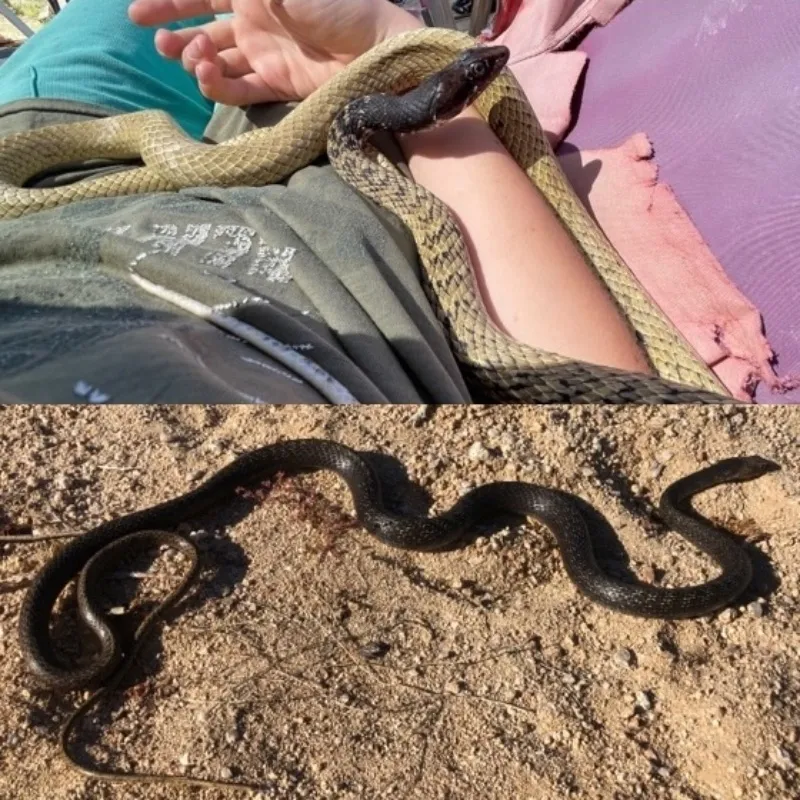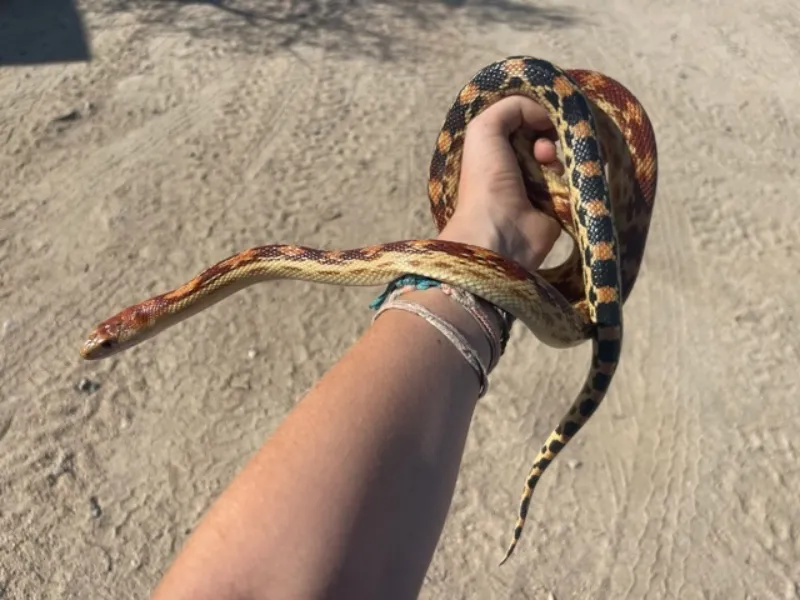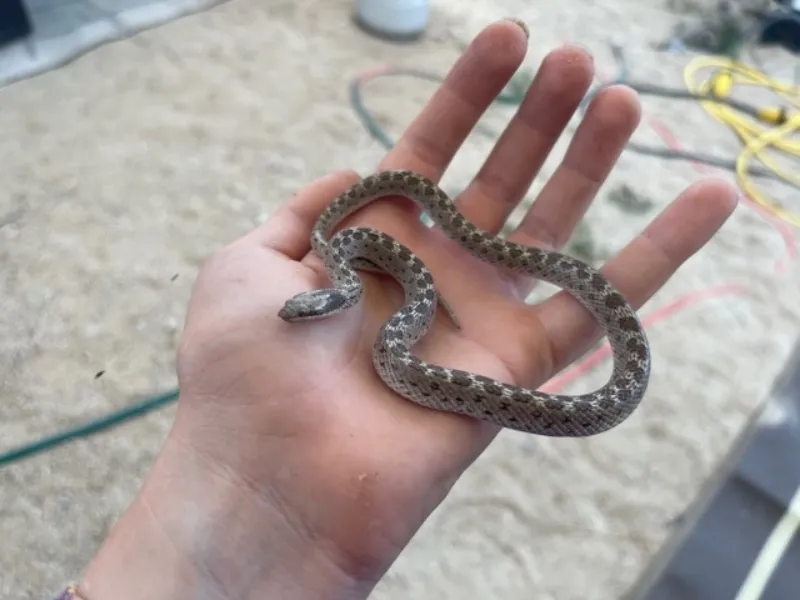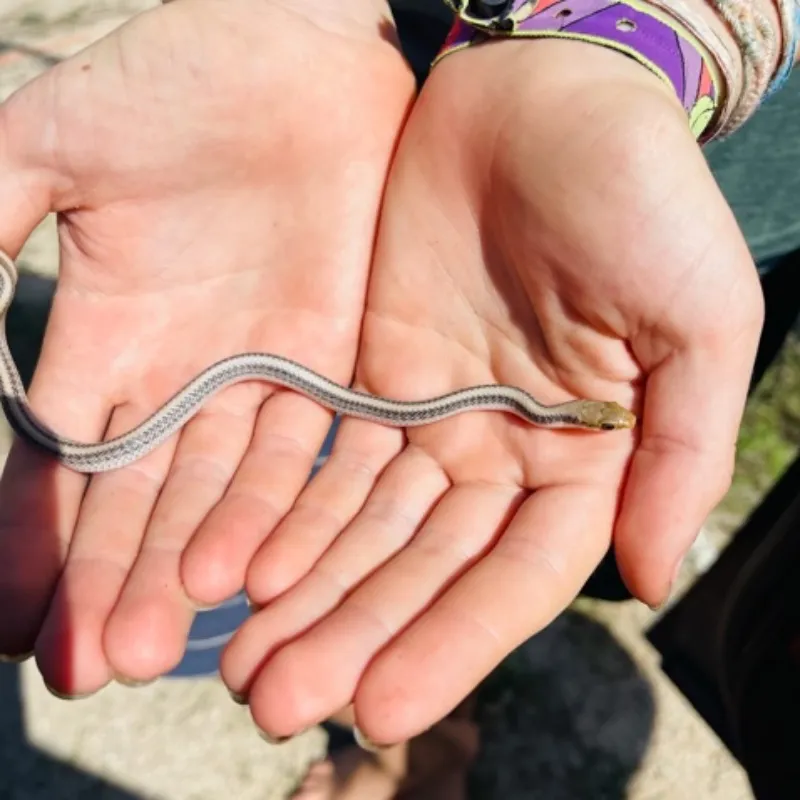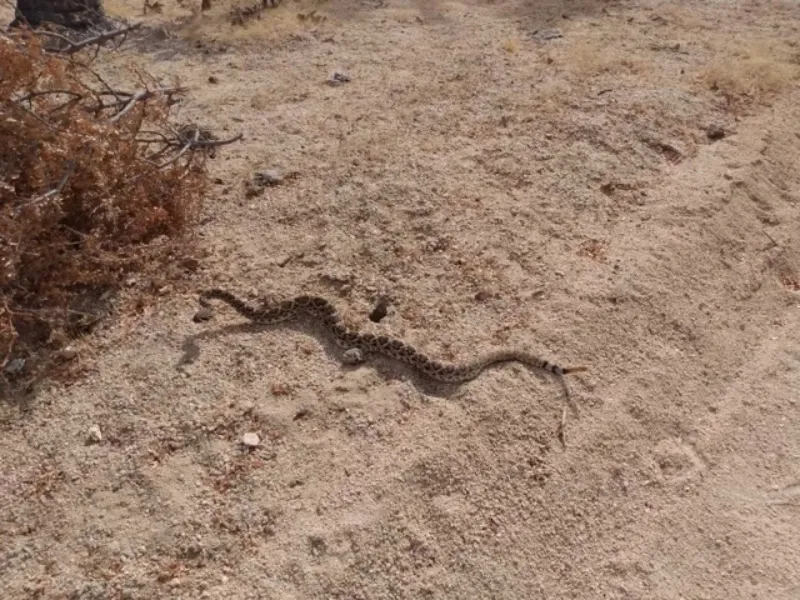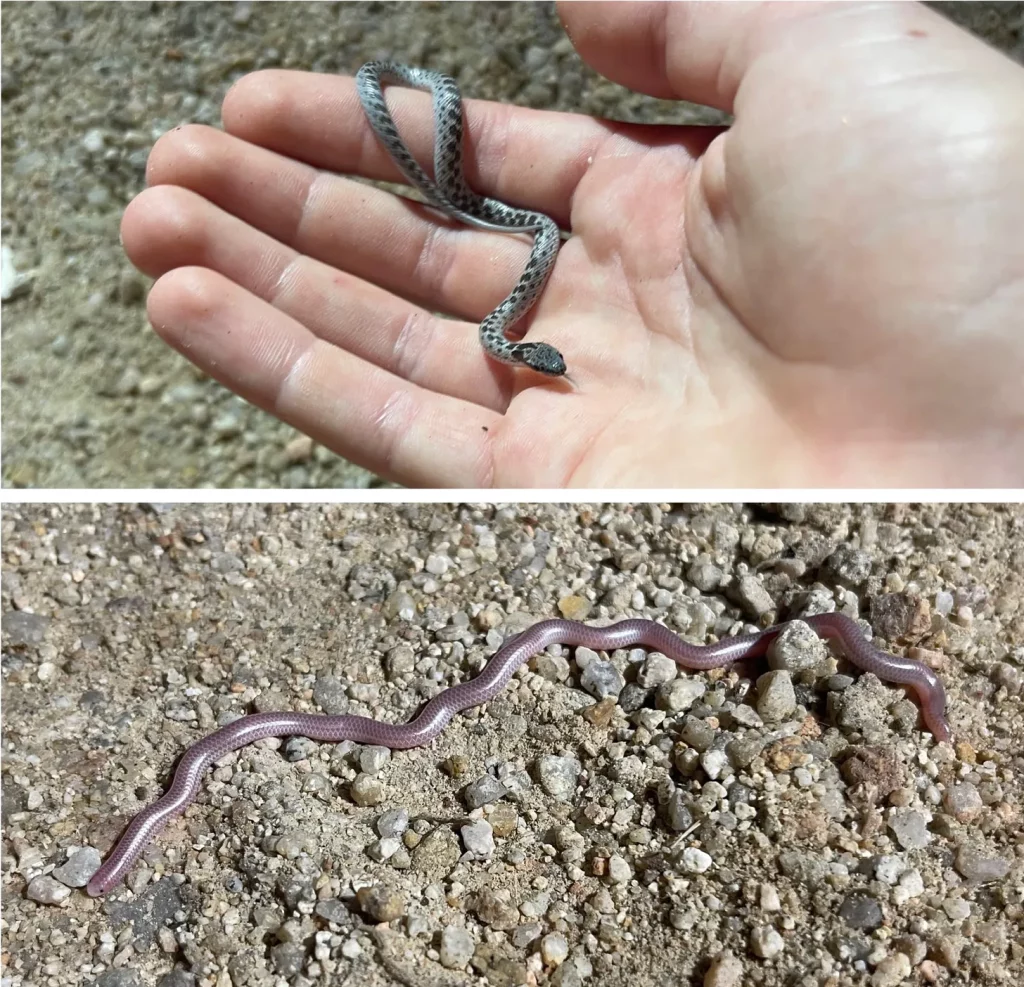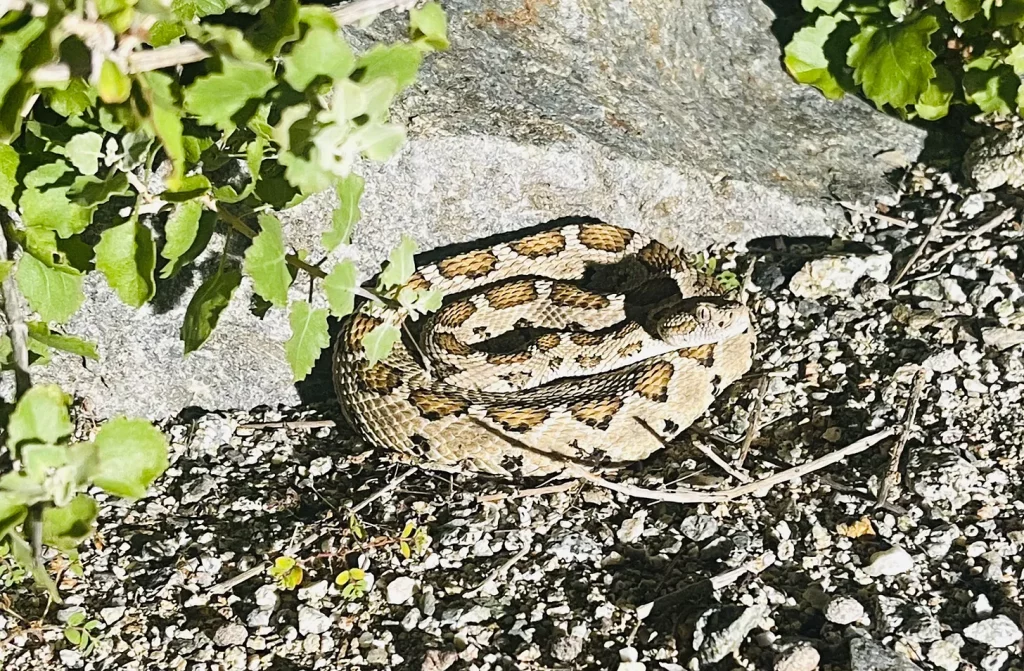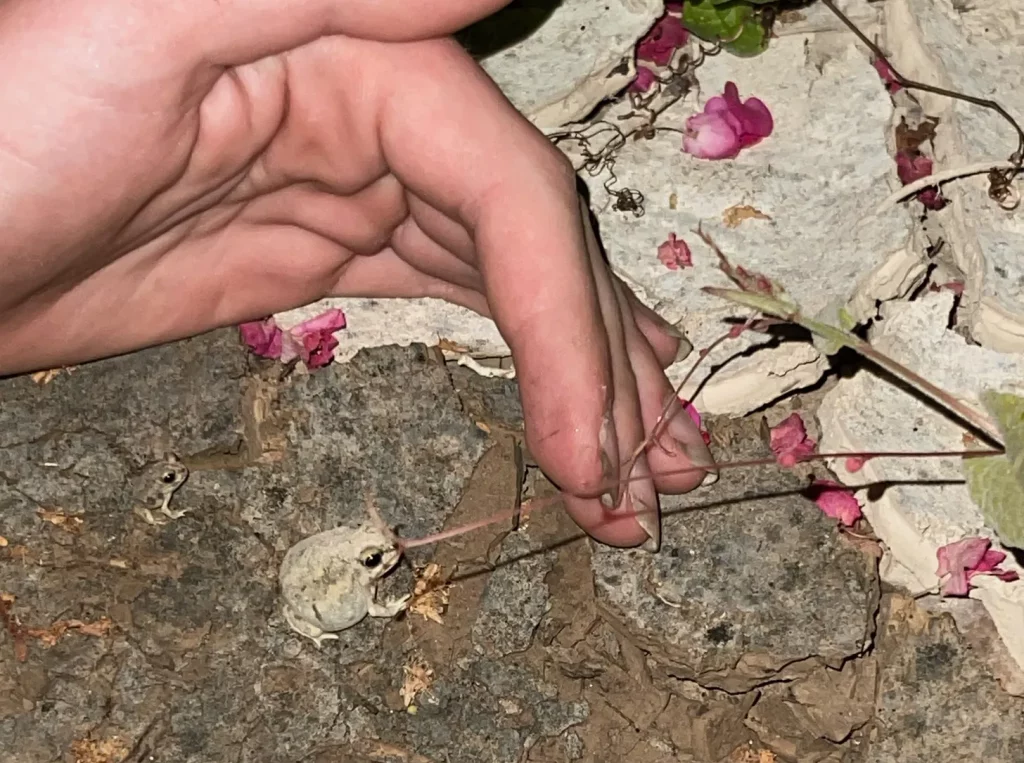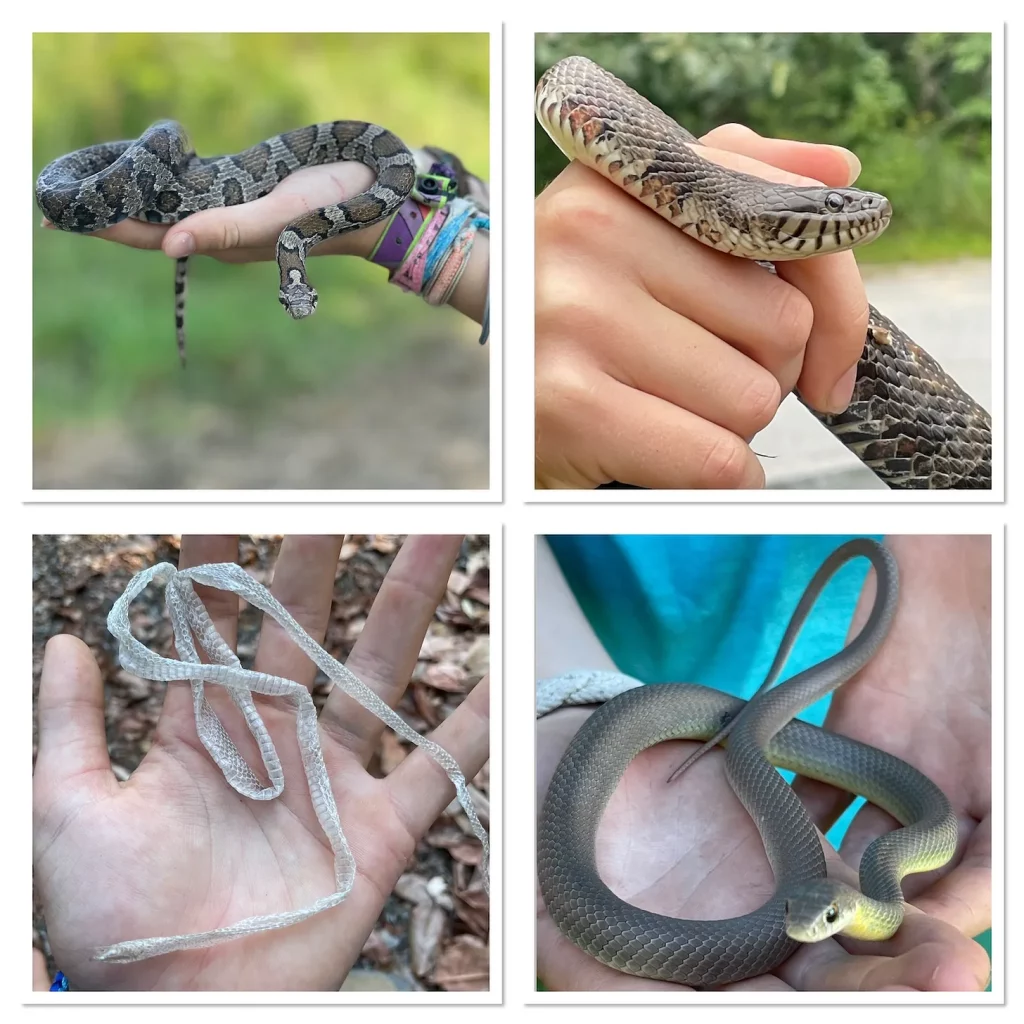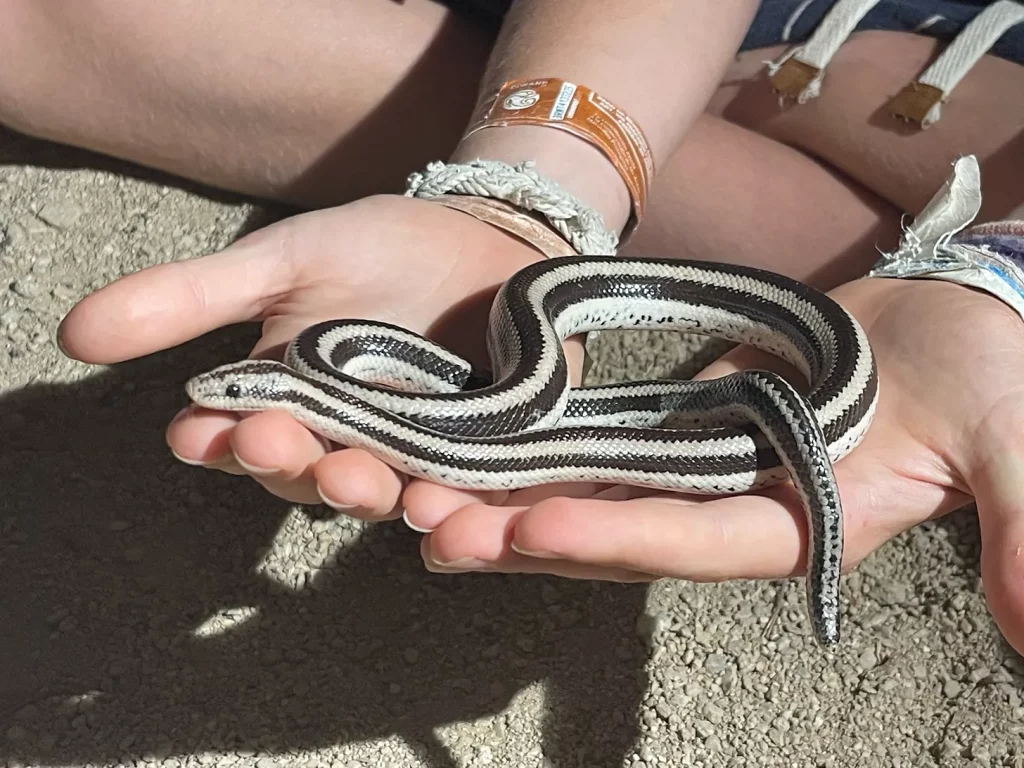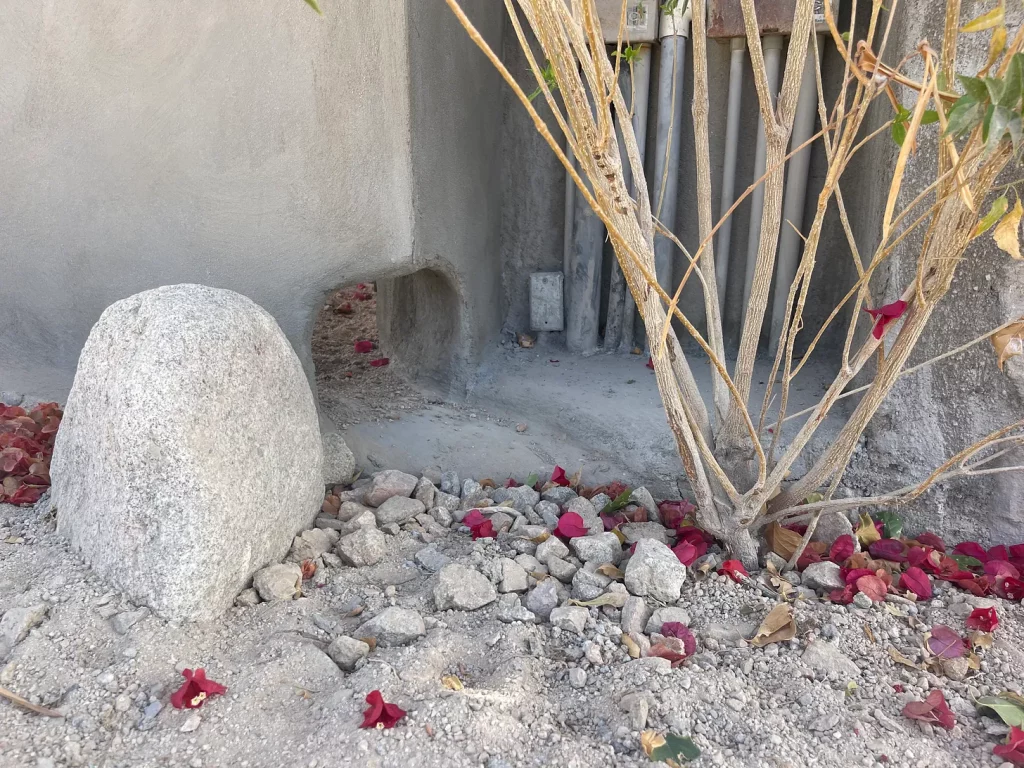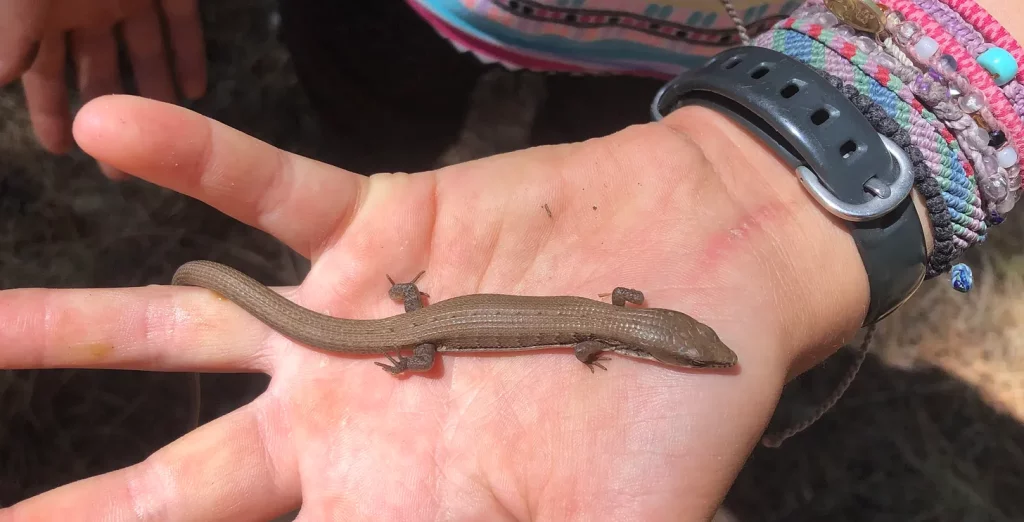We are now approaching winter! Due to the recent cold weather here in LV/ES, most of the reptiles have retired into their winter abodes, like many of the human residents. One difference, however, is that the majority of the reptiles are underground. Today, we will dive deeper into the subterranean world where reptiles spend so much of their time, and shine a spotlight where the sun rarely reaches. The first questions we should ask ourselves are: where do all the tunnels come from, and who makes them? These questions have many answers, as there are a variety of interesting fauna giving rise to this underground kingdom.
Around here, many of the tunnels belong to the Desert Iguanas, not the big ones living on rooftops, but rather the smaller, sand-colored iguanas that prefer life on the ground. In the winter months, these characters are completely absent; come spring, however, they will emerge and become one of the most common lizards in the area!
Another set of important burrowers are the mammals, digging larger burrows. Once the squirrel, rabbit, mouse, skunk, etc. leave their burrows, those spaces become good hideouts for other creatures.
A third, often overlooked group of burrowers are the insects! Ant colonies create huge nests that become part of the tunnel web after the ants move on. Termites do this job as well, along with many other insects.
Now we know who made the tunnels, but who lives there? And what about the creatures that rarely leave the soil? To be continued next week! Chance Stevens chancestevens123@icloud.com
